Phonics Skills Normal Letter Sounds Worksheets for Ages 3-9
7 filtered results
-
From - To
Help your child master the basics of reading with our Phonics Skills Normal Letter Sounds Worksheets for Ages 3-9. These engaging, age-appropriate worksheets are designed to enhance your child's understanding of phonics and letter sounds. Each carefully curated activity introduces the fundamentals of reading in a fun and interactive way, promoting confident and joyful learning. Whether identifying, tracing, or matching letters to sounds, these worksheets provide a strong foundation for early literacy skills. Perfect for home, school, or supplemental practice, our printable resources are a valuable tool for educators and parents aiming to foster a lifelong love for reading.
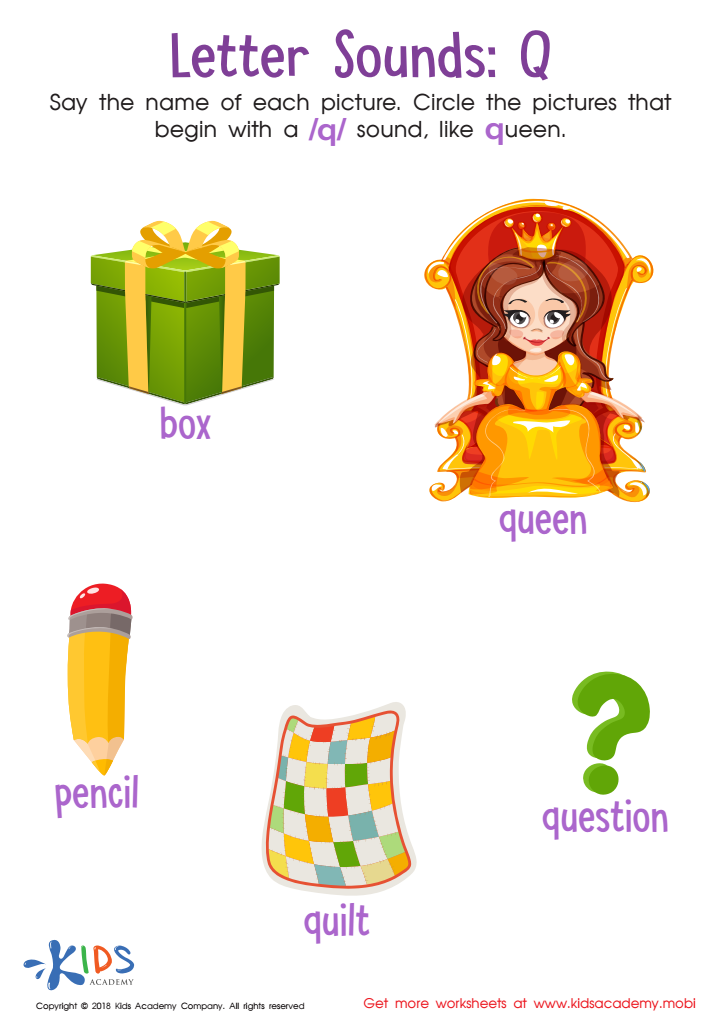

Letter Q Sounds Worksheet
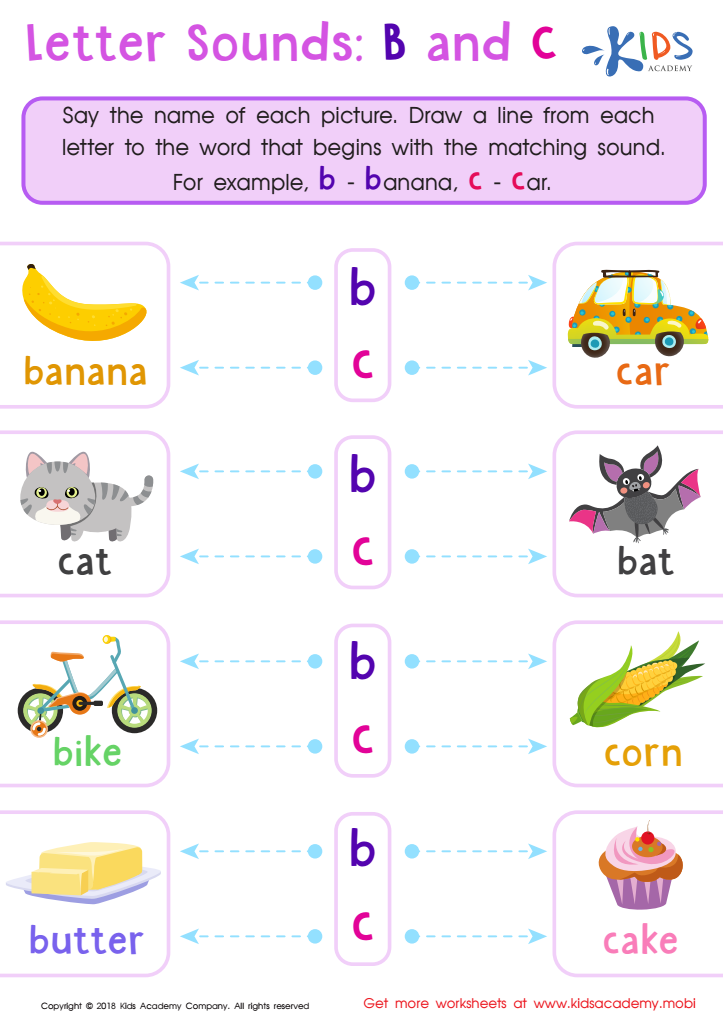

Letter B and C Sounds Worksheet


What Do You Hear? Worksheet
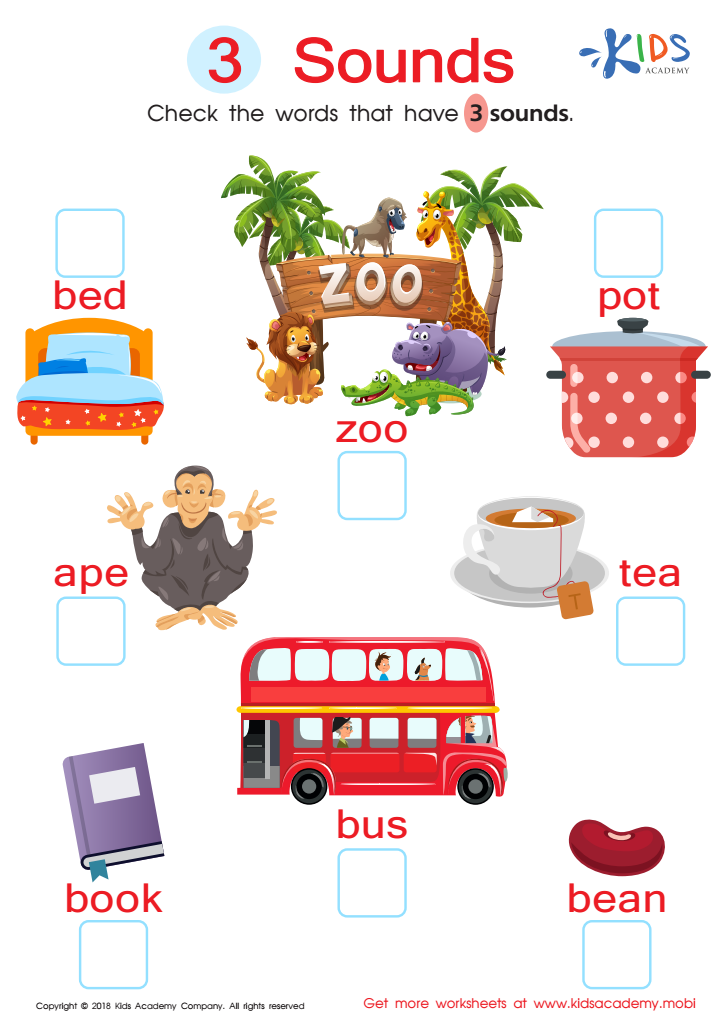

3 Sounds Worksheet
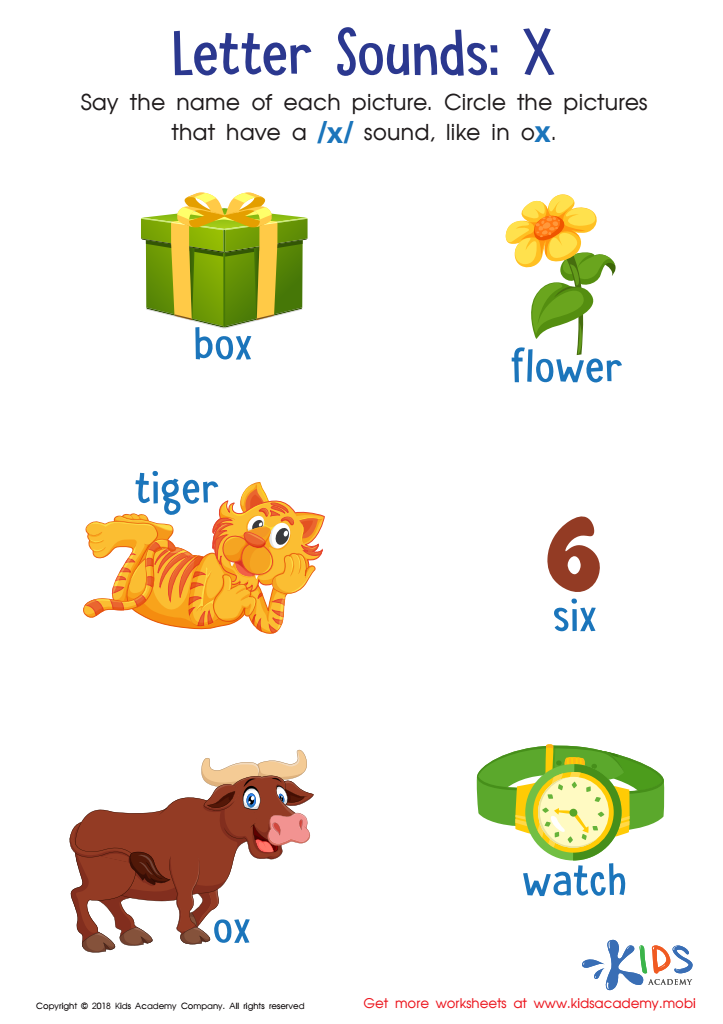

Letter X Sounds Worksheet
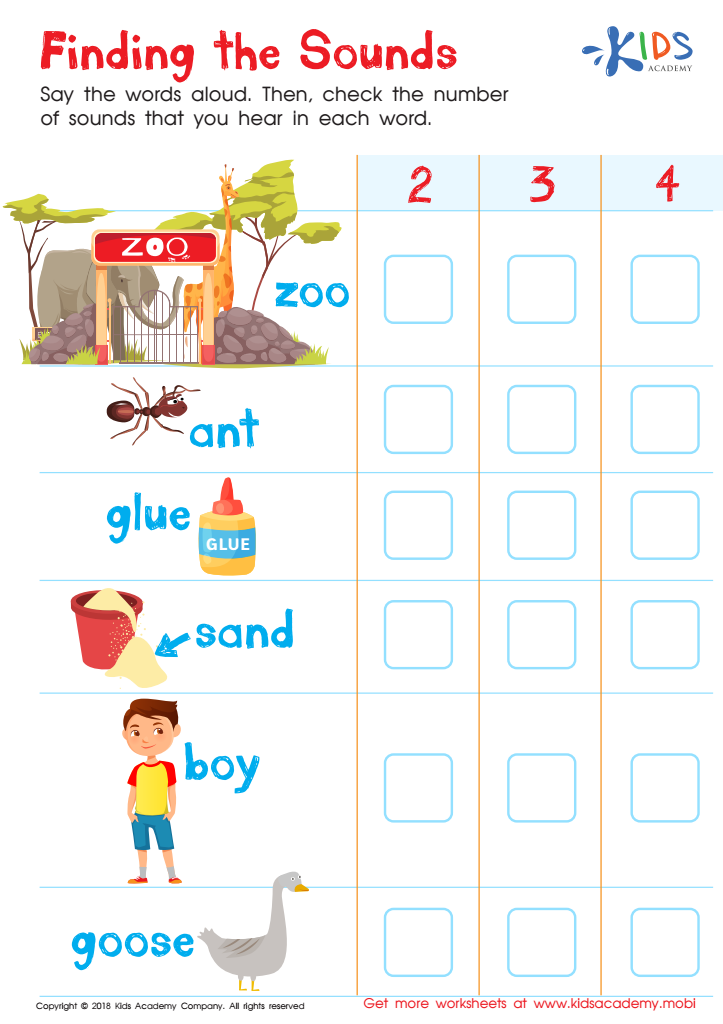

Finding the Sounds Worksheet


Letter l and M Sounds Worksheet
Phonics skills and regular letter sound practice are foundational elements of early literacy development for children aged 3-9. During these formative years, young learners need to establish a strong grasp of the relationships between letters and their corresponding sounds to facilitate fluent reading and writing. By focusing on phonics, parents, and teachers can help children decode words more effectively, making it easier for them to comprehend and enjoy texts.
Teaching normal letter sounds aids in promoting phonemic awareness, which is the ability to hear, identify, and manipulate individual sounds in spoken words. This capability is crucial for learning to read. Children who possess strong phonemic awareness can predict, recognize, and decode words more effortlessly, leading to better reading proficiency.
Developing these skills also prepares children for broader literacy activities, including spelling and vocabulary development. Children who know the basic sounds of language are better equipped to spell correctly and understand the meanings of new words.
For ages 3-9, the integration of phonics into daily routines can turn language learning into an engaging and rewarding journey, laying an essential foundation for academic success. Without appropriate focus on phonics skills, children may struggle with reading, which can impact their overall academic and lifelong learning experiences.
 Assign to My Students
Assign to My Students













